| Published in Attractions / Places of Interest |
Cathedral Basilica of Salvador (Catedral Basílica de Salvador), Brazil
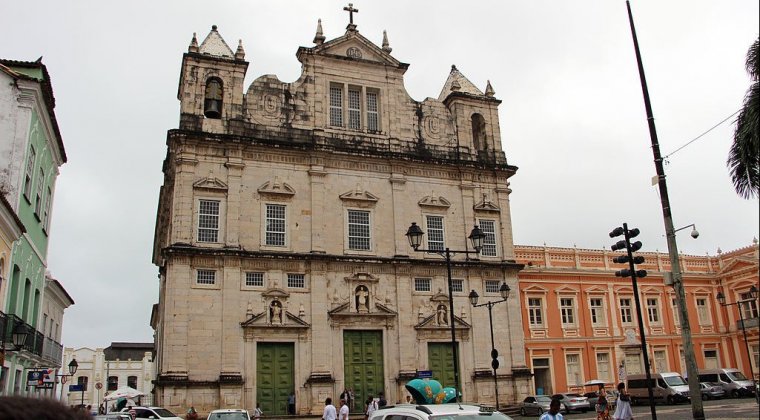
Cathedral Basilica of Salvador. ![]()
The Cathedral Basilica of Salvador (Catedral Basílica de Salvador), officially dedicated to the Transfiguration of Christ and named Primatial Cathedral Basilica of the Transfiguration of the Lord is the seat of the Archbishop of the city of Salvador, in the State of Bahia, in Brazil.
The origins is in several structures built by the Jesuit Order in Salvador. The Jesuits arrived in the city in the 1549 and planned a Jesuit college under Father Manuel da Nóbrega (1517-1570).
In the second half of the 17th century the Jesuits built a new church - the one that exists today - in the Mannerist style then fashionable in Portugal. The façade is very similar to contemporary Portuguese churches like the Jesuit Church of Coimbra.
The façade is made in light Lioz stone brought from Portugal and is flanked by two short bell towers. It has three portals with statues of Jesuit saints, Ignatius of Loyola, Francis Xavier and Francis Borgia. The gable on the upper storey of the façade is flanked by typical Mannerist volutes.
Inside, the cathedral is a one-aisled church of rectangular shape, without transept and with a very shallow main chapel. The side walls of the church have a series of lateral chapels decorated with altarpieces. This floorplan scheme is based on the Church of São Roque in Lisbon, the Jesuit church of the Portuguese capital, built a century earlier.
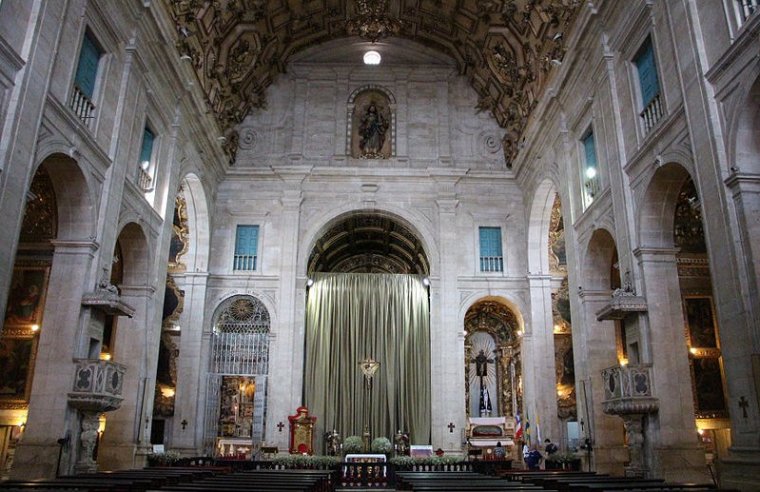
Cathedral Basilica of Salvador. ![]()
The chapels of the cathedral offer an interesting showcase of altarpiece art from the late 16th through the mid-18th centuries, all decorated with sculptures and paintings. Very rare are two 16th century Renaissance altarpieces that belonged to the previous Jesuit church and were reused in the new building.
The altarpiece of the main chapel is a fine example of 17th century Mannerist art. Other chapels have Baroque altarpieces from the mid-18th century. The barrel vault covering the nave of the church is decorated with wooden panels dating from the 18th century and displays the Jesuit emblem "IHS".
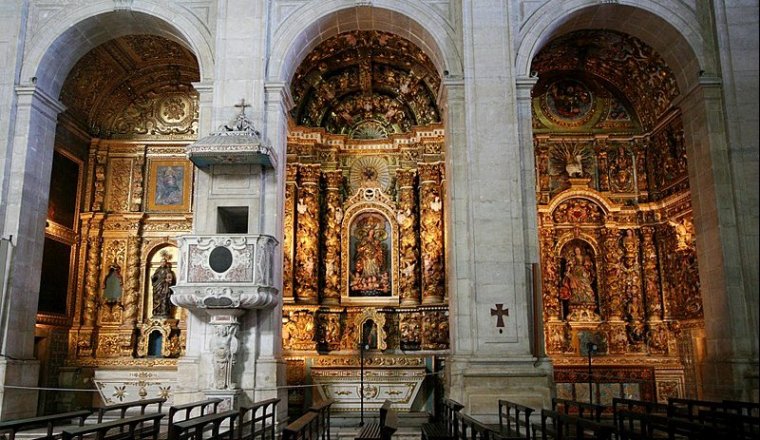
Chapel of Saint Francis Borgia, pulpit, Chapel of Our Lady of the Conception, Chapel of Saint Ursula, Catedral Basílica de Salvador. ![]()
The sacristy of the church dates to 1694 and faces west towards the Bay of All Saints. The sacristy is called "Brazil's most exquisite". It has three three altars and is richly decorated with Baroque furniture. The sacristy cabinet dates to the 17th century and has paintings of the life of Jesus on copper panels.
The walls are covered in 17th-century Portuguese azulejos; the ceiling has wooden panels painted with Mannerist motifs and portraits of noted members of the Jesuit order. (Wikipedia)
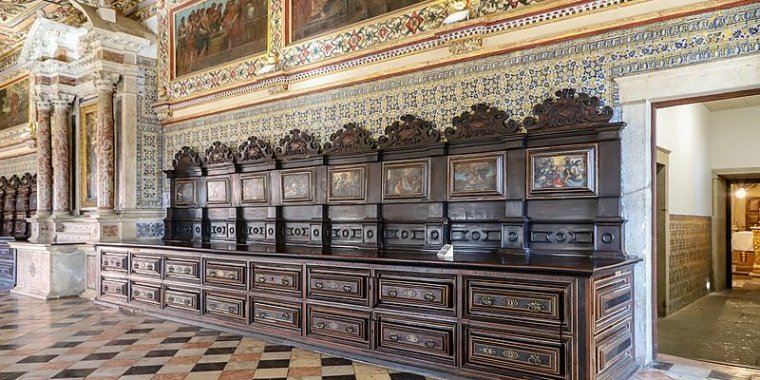
Right Sacristy cupboard, Catedral Basílica de Salvador. ![]()
YOU MAY ALSO LIKE

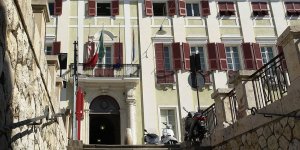
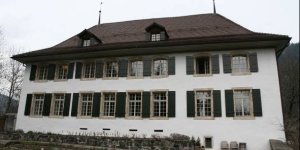

 If you own or manage a travel-related business such as a hotel, a bed-and-breakfast, a restaurant, a pub or a cafeteria, you can create a web page for your business for free on Titi Tudorancea Travel Info. » |

